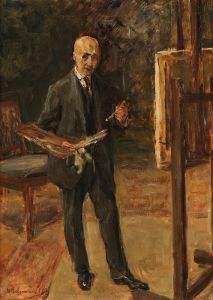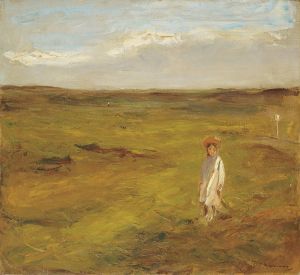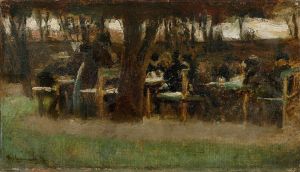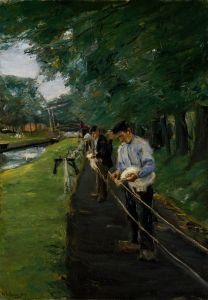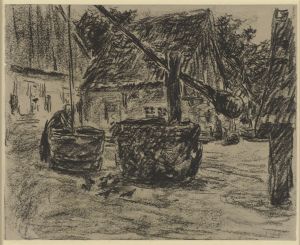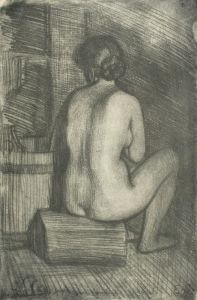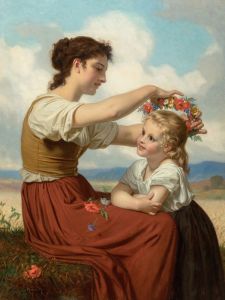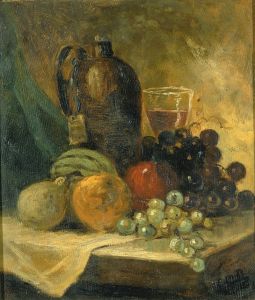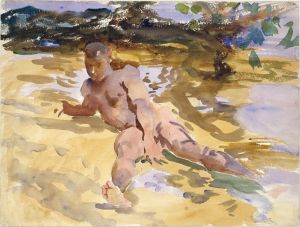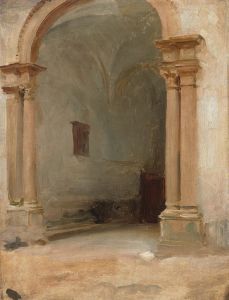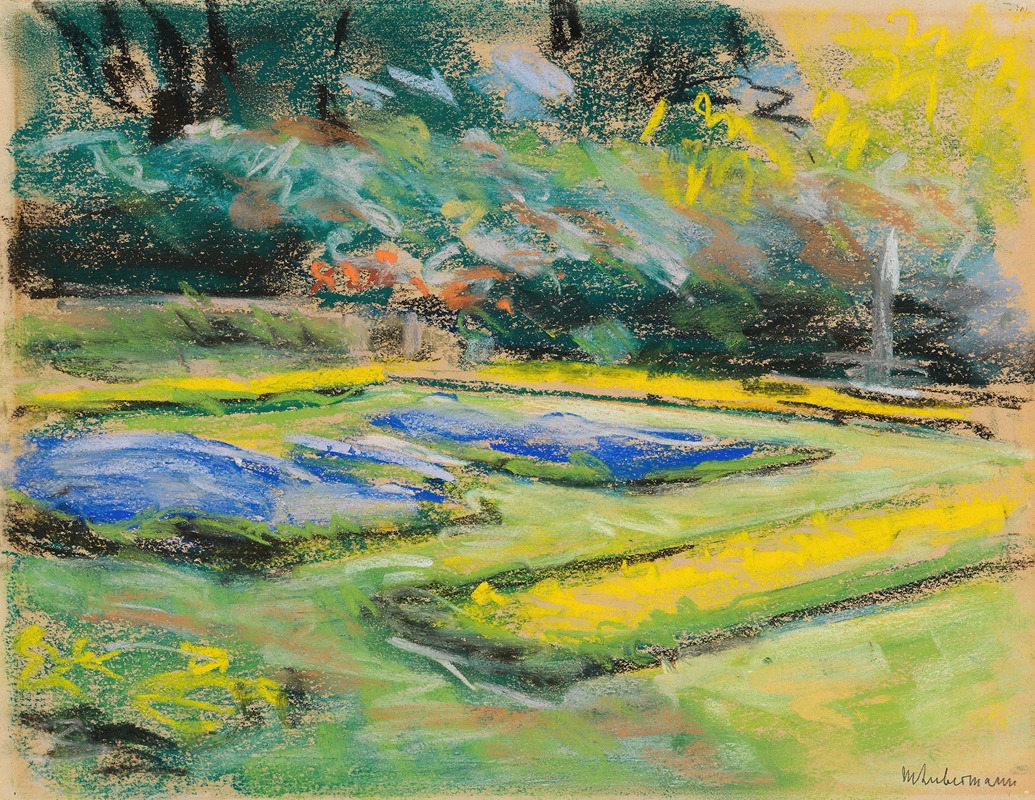
Blumenterrasse im Wannseegarten nach Nordwesten
A hand-painted replica of Max Liebermann’s masterpiece Blumenterrasse im Wannseegarten nach Nordwesten, meticulously crafted by professional artists to capture the true essence of the original. Each piece is created with museum-quality canvas and rare mineral pigments, carefully painted by experienced artists with delicate brushstrokes and rich, layered colors to perfectly recreate the texture of the original artwork. Unlike machine-printed reproductions, this hand-painted version brings the painting to life, infused with the artist’s emotions and skill in every stroke. Whether for personal collection or home decoration, it instantly elevates the artistic atmosphere of any space.
Max Liebermann was a prominent German painter and printmaker, and one of the leading proponents of Impressionism in Germany. His work, "Blumenterrasse im Wannseegarten nach Nordwesten," is a notable example of his mature style, which often focused on capturing the serene beauty of gardens and landscapes.
"Blumenterrasse im Wannseegarten nach Nordwesten" translates to "Flower Terrace in the Wannsee Garden Facing Northwest." This painting is part of a series of works Liebermann created depicting his garden at his villa on the shores of Lake Wannsee in Berlin. The villa and its garden became a significant source of inspiration for Liebermann, especially during the later years of his career. The garden, meticulously designed and maintained, provided a rich tapestry of colors and forms that Liebermann explored through his art.
The painting captures a view of the flower terrace in the garden, looking towards the northwest. Liebermann's use of light and color is characteristic of his Impressionist style, with a focus on the play of sunlight on the foliage and flowers. The composition is carefully balanced, with the terrace leading the viewer's eye into the depth of the garden, inviting them to explore the tranquil scene.
Liebermann's technique in this painting reflects his mastery of Impressionism, with loose brushstrokes and a vibrant palette that conveys the lushness of the garden. The interplay of light and shadow is a key element, creating a dynamic yet peaceful atmosphere. The painting exemplifies Liebermann's ability to capture the essence of a moment, a hallmark of his work.
The Wannsee garden paintings hold a special place in Liebermann's oeuvre, as they represent a personal and intimate connection to his surroundings. The villa and garden were not only his home but also a retreat where he could immerse himself in nature and find inspiration. These works are celebrated for their beauty and the insight they provide into Liebermann's artistic vision and personal life.
Max Liebermann was a central figure in the Berlin Secession, an art movement that sought to challenge the conservative art establishment in Germany. His work, including "Blumenterrasse im Wannseegarten nach Nordwesten," played a significant role in the development of modern art in Germany. Despite facing challenges during his lifetime, particularly during the rise of the Nazi regime, Liebermann's legacy as a pioneering artist endures.
Today, Liebermann's paintings, including his garden series, are held in high regard and can be found in major art collections and museums. They continue to be appreciated for their technical skill, emotional depth, and the unique perspective they offer on the natural world. "Blumenterrasse im Wannseegarten nach Nordwesten" remains a testament to Liebermann's enduring influence and his contribution to the art of Impressionism.







